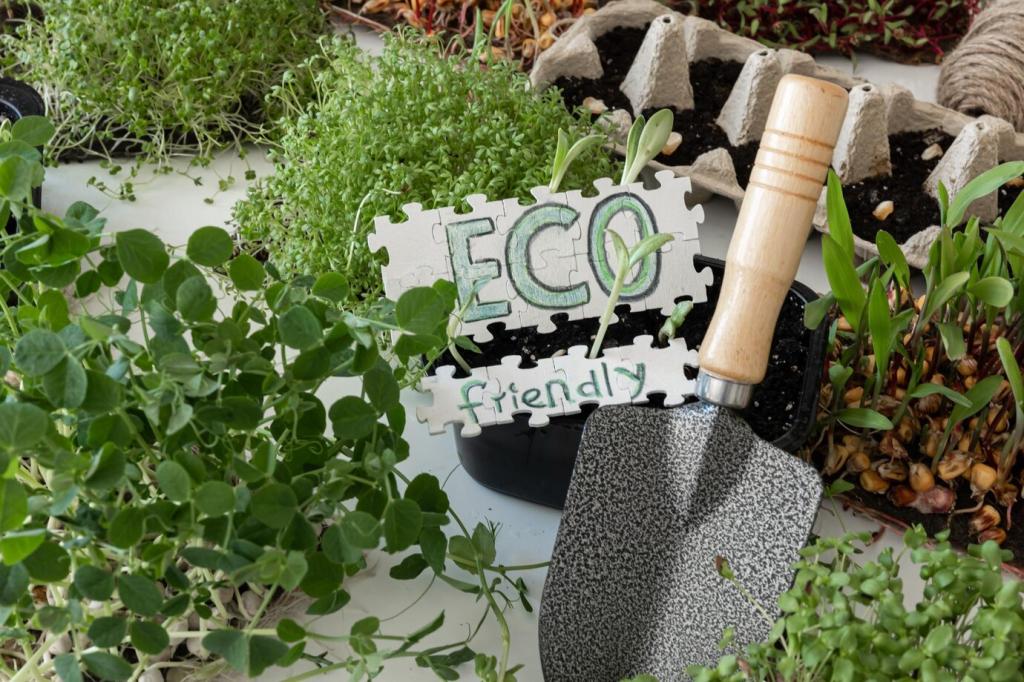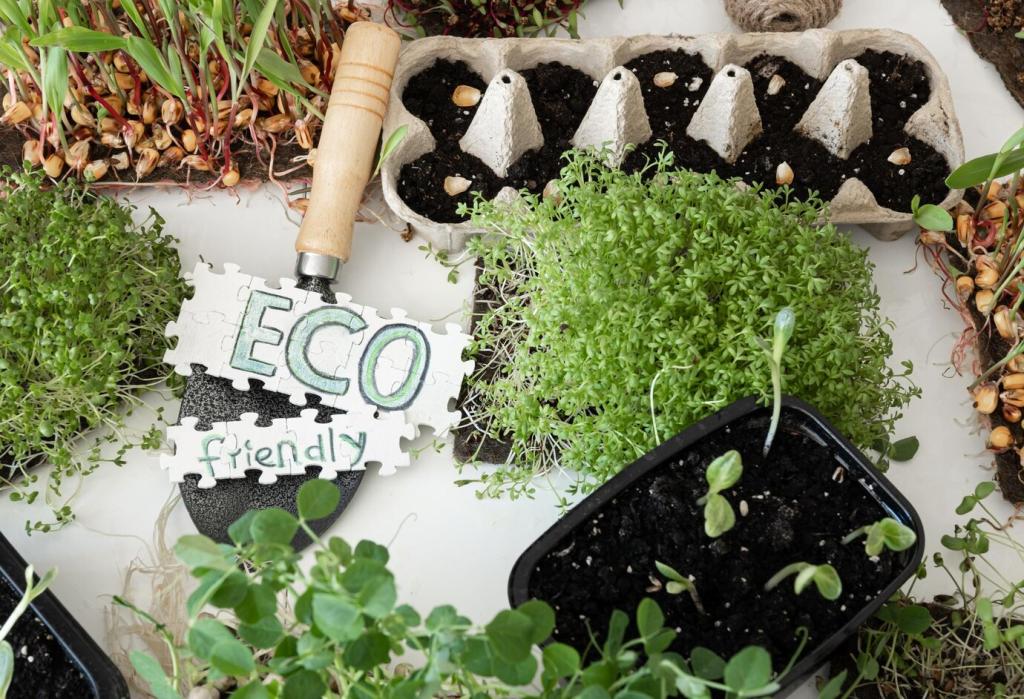From Block To Borough: Community Corridors
Use a shared map to mark planters, tree pits, and green roofs, revealing gaps where one more pot could matter. Invite a friend to adopt a square. Comment your block, and we’ll help you draft a recruitment message.
From Block To Borough: Community Corridors
Record sightings on community platforms, noting plant species and behaviors. Data gives your project credibility with local officials. Share your profile link below so we can cheer milestones and feature standout observations in our newsletter.






